Pool booster pumps improve a swimming pool’s circulatory system, and they are a necessary component for some pool cleaners. If you’ve never owned a pool booster pump, you need to know how to install and take care of one. Before you hook it up, you should also be well-versed on the plumbing and electrical requirements, so installation can go quickly and smoothly.

What Is the Purpose of a Pool Booster Pump?
There is one purpose behind a pool booster pump – increasing the water pressure. When added to an existing filtration system, a booster pump raises the water pressure, so the pool cleaner can work at maximum efficiency.
Pool Booster Pump Comparison
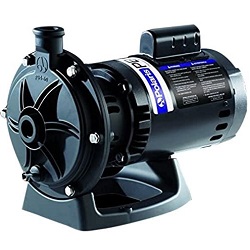 | 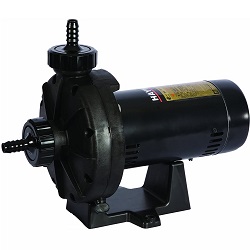 | 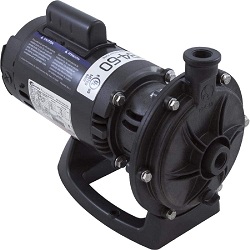 | 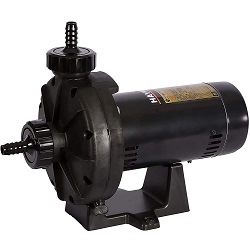 | |
| Model | Zodiac PB4-60 | Hayward 6060 | Polaris PB4-60 | Hayward W36060 |
| Dimensions (Inches) | 17 x 9.5 x 14.5 | 17 x 13.9 x 11.6 | 17.3 x 14.7 x 9.5 | 14.8 x 9.5 x 11.5 |
| Weight (Lbs) | 31.3 | 31.1 | 30.9 | 30.4 |
| Pump Motor (Hp) | 0.75 | 0.75 | 0.75 | 0.75 |
| Voltage | 230/115 | 230/115 | 230/115 | 230/115 |
| Score | Best Overall | Best Budget | Best for Pool Cleaners | Best for Inground Pools |
| Warranty (Years) | 1 | 90 days | 1 | 1 |
Our Recommended Pool Booster Pumps in 2023
You don’t want a booster pump that over or under-performs. If you’re having trouble choosing a booster pump for your swimming pool, take a look at these booster pumps. All five are efficient, well-built and priced just right.
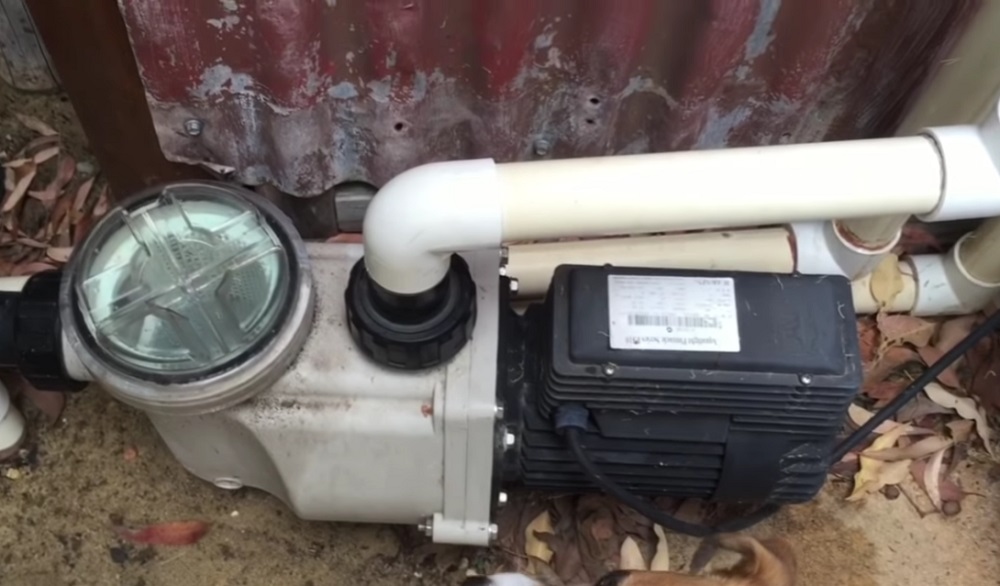
9) Pool Pump by Blue Torrent
The Blue Torrent Pool Pump is a 2-HP machine, variable-speed pump that comes with 2-inch ports and a 2-year warranty.
Its TEFC motor provides four different speeds with its lowest setting running at just 500W. Plus, it’s Energy Star certified to guarantee that running this pump won’t break the bank.
This pump comes with a digital control pad for extra-precise tuning. It boats a robust outer casing that protects is components from condensation damage and enhances heat dissipation.
8) Waterway Plastics 38104301
The Waterway Plastics pool pump features a ¾-HP pool booster pump encased in a stainless-steel exterior.
It can be hard-wired to run on either 115V or 230V at a constant waterflow rate that powers most Polaris pressure-side pool cleaners.
The entire unit sits atop a tall base that keeps the pool up and away from wet surfaces to prevent condensation damage. Compared to many of its competitors, this booster pump is lighter in weight, generates less noise, and just as long-lasting at a fraction of the cost.
- Comes with a tall, versatile mounting base
- Best replacement for any 0. 75 hp booster pump
7) FibroPool Universal Booster Pump
The FibroPool booster pump is a super-unique unit that features a 1-HP motor and impressive impeller fan that cuts electricity usage by up to 25%.
With 1-inch fittings, this device offers high-pressure water flow to activate most pressure-side pool cleaners without trouble.
Thanks to the TEFC motor, the FibroPool booster pump operates at a much quieter noise level than most while also dissipating heat more efficiently. Please note that this unit is wired for 230V, 60 Hz only.
- 240 Volts, 60 Hz Only. NOT Convertible to 110 volts.
- Innovative impeller design cuts electricity use by as much as 25%
6) XtremepowerUS 2HP In-Ground Swimming Pool Pump
The XtremepowerUS boasts a 2-HP motor that offers an impressive maximum transfer rate of 5,280-GPH (88-GPM).
This is a single-voltage (230V), dual-speed booster pump that works only in in-ground swimming pools. It’s a self-priming pump that requires minimal hands-on adjustment.
Thanks to the corrosion-proof exterior, this booster pump lasts much longer than many of its similarly-sized competitors at nearly half the cost. There’s also a slip-on filter basket that captures passing debris, alleviating some of the stress on your pool’s main filtration system.
- High-Efficiency 2HP Motor: Powerful 2-speed motor (3,450rpm/1,720rpm) for effective water...
- Enhanced Flow Rate: Impressive transfer rate of 5850GPH and QMax of 366L/min (97 GPM),...
5) XtremepowerUS 2HP High-Flo Swimming Pool Pump
This XtremepowerUS booster pump is made specifically to transfer and filter water in above-ground swimming pools.
It’s a dual-speed booster that has a max waterflow rate of 5,280 GPH (88 GPM), which is more than enough to activate power-hungry pressure-side pool cleaners.
The built-in impeller fan enhances water transfer while also being relatively quiet from afar. It’s a self-priming device that makes it easy to start whenever, and water inside the unit helps take away much of the heat from the motor.
- Dual Speed Energy Saving Swimming Pool Pump - Heavy-duty, high-performance motor with...
- High Efficiency Impeller - Maximize flow and reduce noise while the energy efficient motor...
4) Pentair Boost-Rite Booster LA-MS05
Its compact size makes it easier for you to install, but the Boost-Rite’s 1-inch port is designed to improve the water flow better than standard booster pumps.
It boasts a flow rate of 13.2 gallons per minute and a pressure rate of 50 pounds per square inch.
The 1.1-horsepower motor runs quietly with little risk of overheating, and its five-stage impeller dramatically reduces electricity usage. This booster pump comes with two bushings, four adapters and a hose.
- Condensed size is 1/ 3 smaller than competing pumps, taking up less space on the equipment...
- Innovative 5-stage impeller design cuts electricity use by as much as 25 Percent
3) Hayward W36060 0.75 HP Booster Pump
This Hayward W36060 pool buster pump is a real energy-saver, promising electricity savings of up to 40 percent in comparison to competing models.
It has a 0.75-horsepower motor, and it’s self-priming, which means less work for you.
To help the Hayward 6060 vent hot air and avoid submersion in water, it sits on a high base. Hayward includes 1.5-inch fittings for major water pressure. However, it also comes with a 0.75-inch adapter, so you can fit it to a smaller return line.
- Uses up to 40% less energy than other booster pumps, reducing pool operating costs
- Suitable for all pressure cleaners requiring a booster pump
2) Pentair LA01N Booster Pump
With a single-speed motor that churns out 0.75 horsepower, this Pentair booster pump is streamlined and efficient.
The 0.75-inch port has a flow rate of 12 gallons per minute with 50 psi of pressure.
The booster pump has dual-voltage compatibility and a low starting power of 13 amps. During normal operation, the pump only draws 6.5 amps. To save you money on installation components, Pentair throws in the hose and the adapters you need.
- Single speed universal booster pump
- Made from durable, corrosion-proof materials, and provides 50-PSI at 12-GPM
Zodiac PB4-60 Polaris vs Pentair LA01N: Pool Booster Pump Comparison
1) Zodiac PB4-60 Polaris Booster Pump
This pool booster pump from Zodiac contains a 0.75-horsepower motor that draws a mere 6.4 amps when running.
Besides being energy-efficient, the booster pump is designed to streamline the maintenance with its easily removable backplate and seals.
You’ll also find winterizing less of a hassle. The drain plug is made with ergonomics in mind, and the o-rings are oversized. Plus, there is an extremely stretchable Softube hose included with the pump’s installation kit.
Equipped with a 0.75-horsepower MagneTek motor and a leak-resistant volute, this Polaris booster pump is built to last.
The dual-voltage pump rests on a robust base, and it only draws 12.8 amps on startup.
You’ll appreciate how easy it is to remove the drain plug without tools when you’re winterizing your swimming pool. For easy setup, the Polaris PB4-60 booster pump comes with an installation kit that includes a flexible hose and quick connectors.
- Ultra high efficiency 3/4 horsepower motor
- Heavy duty single piece base. Amps: 6.4/12.8
A Buyer’s Guide to Pool Booster Pumps
Don’t get overwhelmed when picking out a booster pump. It may seem like there is a lot to consider, but there are only a few main points to keep in mind.
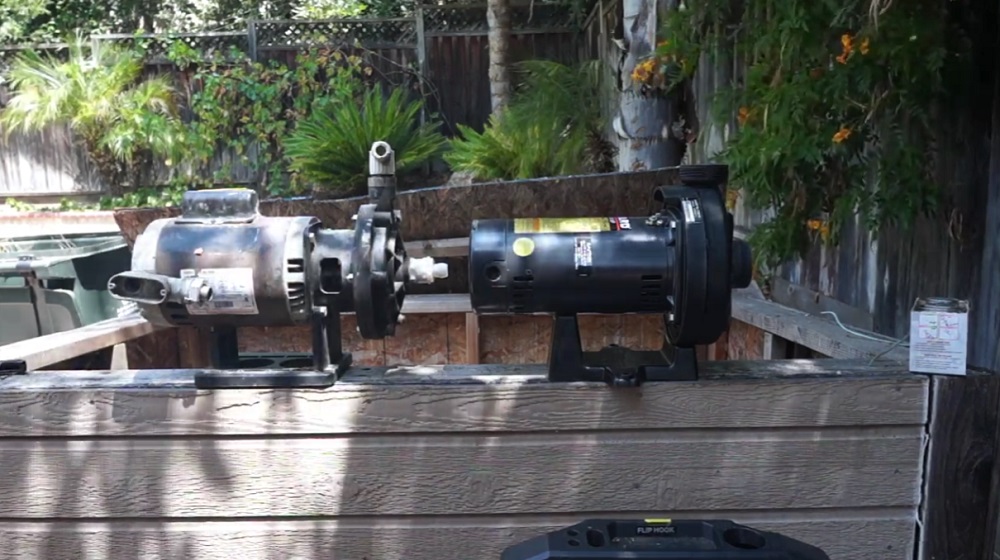
Fittings
While manufacturers are clear about what size fittings you need, they can be adjusted to work a smaller connection. For example, a booster pump that calls for a 1.5-inch pipe can be adapted to fit a 0.75-inch connection.
Before you make these alterations to the pump’s setup, consider the horsepower of the motor. If the pipe that is too wide is put on a low-horsepower motor, you’ll get weak pressure. Conversely, a fitting that’s too narrow for a high-horsepower motor can cause the motor to burn out.
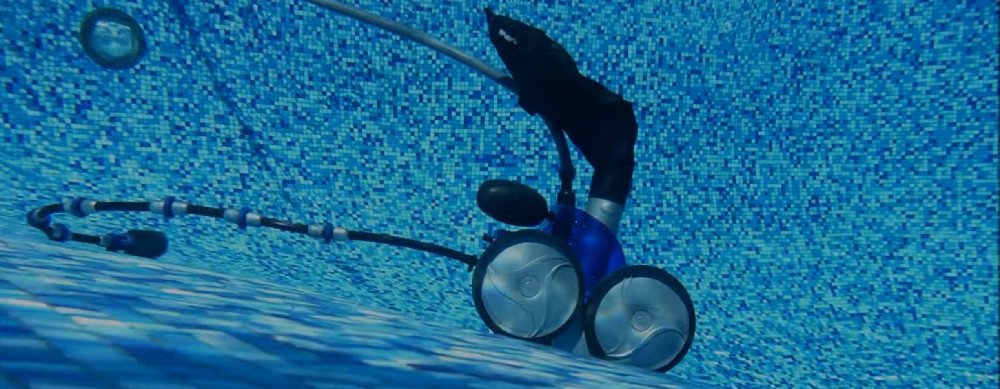
Motor Performance
Booster pumps made for private swimming pools are usually 0.75 to 1 horsepower; there are some models that fall outside this range. If you want to save money on your electricity bill, your best bet is to choose the smallest booster pump that’s compatible with your main pump.
Other factors play a role in the motor’s performance. Booster pumps that are elevated on their base can expel hot air easier. In turn, this prevents the motor from wearing out before it’s time. If low noise is important to you, look for a booster pump with a multi-speed impeller.
Voltage
Many pumps offer dual-voltage. This means they can be used with 120-volt or 240-volt household currents as long as you properly convert it to your chosen voltage. A large booster pump often runs on 230 volts while a small one uses 115 volts. If the horsepower is high and your home runs on 120 volts, you may need to bring in an electrician. On the other hand, if the horsepower is low, you should be okay to convert the pump to 115 volts.

Water Flow
A booster pump is supposed to increase the flow rate of the water beyond what the main pump is capable of doing. The flow rate is measured in gallons per hour or gallons per minute. The higher the flow rate, the better the performance.
However, certain factors can negatively impact the flow rate that the booster pump is designed to produce. This is where the size of the pipe comes into play. If you use the wrong size pipe for the pump, you can inadvertently lower the water’s flow rate, which is the opposite of what you want to achieve with a booster pump.
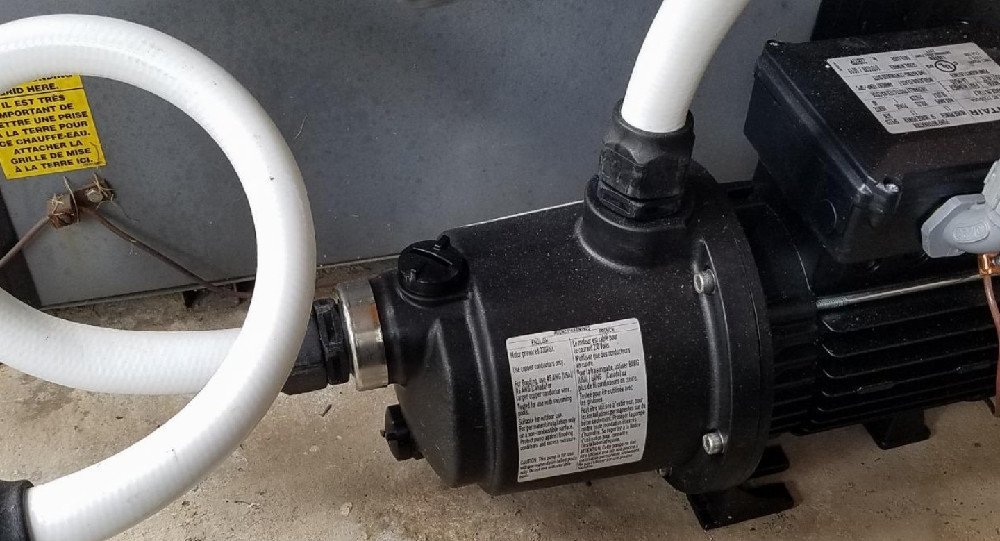
Pool Booster Pump FAQs
Static water pressure leads to reliable pool-cleaner performance, which is the biggest benefit of using a booster pump for your swimming pool. When there is even water pressure sent to the pool cleaner, it can move faster and clean better. Some pool cleaners won’t operate without a booster pump.
Anyone who has a pressure-side cleaner for their swimming pool also needs a booster pump. Like the name suggests, a pressure-side pool cleaner uses the swimming pool’s pressure line for propulsion. Since the returned water, not the suctioned water, drives the pressure-side cleaner, a booster pump provides a high enough flow rate to move the cleaner.
In some cases, the pump that comes with a swimming pool is not adequate for the pool’s size. This scenario is common for above-ground pool owners. With a booster pump, you can increase the power of the existing pump for complete water circulation from edge to edge.
People who have an aging booster pump may need to replace it with a newer model. Booster pumps typically last 5 to 10 years. If you notice a jump in your electricity bill or a loud noise coming from your pool buster pump, it’s time to get a new one.

In terms of electrical requirements, there are two aspects to consider – amperage and voltage. The amperage, or strength of the electrical current, for a booster pump is given in running amps and starting amps. The starting amps are always higher than the running amps, and your breaker box should meet or exceed the starting amps.
Voltage is the measurement of electrical energy. Many booster pumps are wired for 230 volts, but you can often convert them to 115 volts if necessary. Booster pumps that can be converted will provide those instructions on the motor or the user manual.
Yes, you can hook up a timer to a booster pump – It’s a great way to control electricity usage and associated costs. A booster pump is not self-priming, the main pump needs to be turned on and running well before the booster pump is turned on, and the booster pump should be turned off before the main pump is shut down. Failure to follow these instructions can quickly burn out a booster pump. Make checking the timer a part of your regular monthly maintenance.
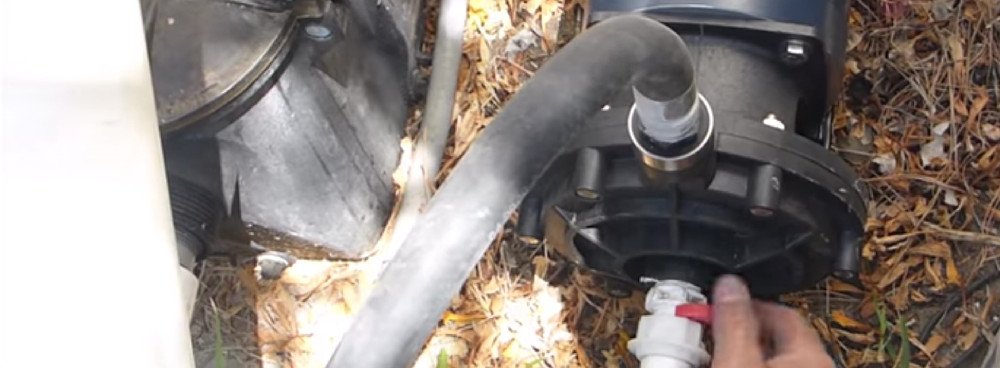
Before installation begins, you’ll need to appoint a dedicated return line for your pool’s booster pump. When you’re installing the pump, make sure it’s several feet away from the chlorinator and the pool heater if your swimming pool has them.
As far as choosing the pipe type and diameter, some pool pumps come with an installation kit that includes the pipes you need. If your booster pump doesn’t, the best type of pipe is PVC, specifically the rigid kind. Most return lines are compatible with a 1.5-inch pipe, but there are some that work with 0.75-inch pipes.
Every booster pump is different, and installation instructions vary. However, there are a few universal installation tips. Always make sure the pump is securely attached to anchors. When you’re installing the pipe, measure carefully and avoiding using elbow connectors. Finally, RTV, or room-temperature-vulcanizing, silicone should be your sealant of choice for the o-ring, anchors and other components.

Irreparable damage can come to pool booster pumps that aren’t winterized before the off-season. When you’re closing your swimming pool, remove the pump’s drain plug and let out all of the water. Then, take off the hose where it connects to the outlet and inlet. Most booster pumps have quick connects to make removing the hose easy.
If you have any questions or comments, please add them below in the comment section. Similarly, please let us know if you spot any mistakes or omissions. Thanks!
Last Update: 2024-04-17 | Affiliate links/Images from Amazon Product Advertising API












